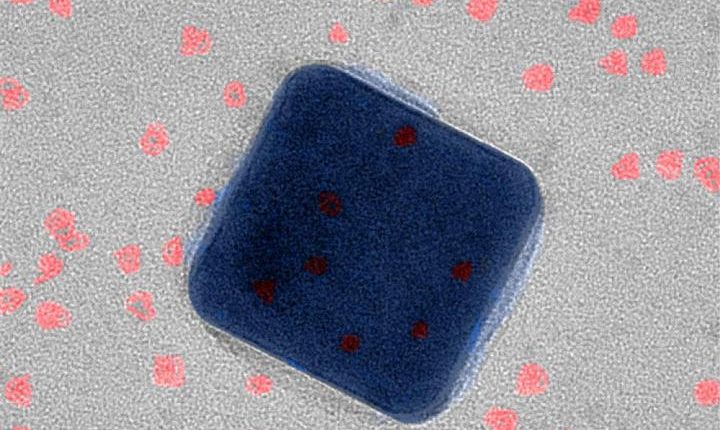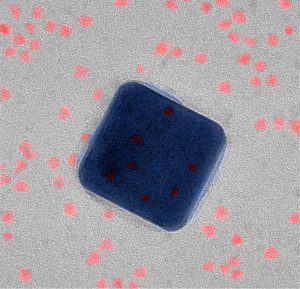
This Super-Fast Light Emitting Device Set A New Fluorescence Speed Record
Duke University researchers have just gotten one step closer to creating a light source that can be turned on and off quickly for use in optical computing chips or for use in optical communication between ordinary electronic microchips.
Their development is an ultrafast lighting device that can flip on and off 90 billion times per second.

A smartphone’s battery powers billions of transistors using electrons to flip on and off billions of times per second. Researchers from Duke’s Pratt School of Engineering wondered if microchips used photons instead of electrons to process and transmit data, could computers operate even faster. The researchers do report that lasers would definitely be able to accomplish the same task, but that they would also require too much energy to integrate into computer chips.
The Duke team managed to get semiconductor quantum dots to emit light at more than 90 billion gigahertz.
“This is something that the scientific community has wanted to do for a long time,” said Maiken Mikkelsen, assistant professor of electrical and computer engineering and physics at Duke. “We can now start to think about making fast-switching devices based on this research, so there’s a lot of excitement about this demonstration.”
In order to achieve this new speed record, the team implemented plasmonics. According to Duke researchers, plasmonics works when a laser shines on the surface of a silver cube just 75 nanometers wide and the free electrons on the surface oscillate together in a wave. The oscillations create light, which reacts again with the free electrons. Any energy that gets trapped on the surface is called a plasmon which creates an electromagnetic field between the silver nanocube and (in this case) a thin sheet of gold placed a 20 atoms away. The electromagnetic field interacts with quantum dots that lie in between the nanocube and the gold. The quantum dots then produce an emission of photons that can be turned on and off at more than 90 gigahertz.
Researchers are now working on using the plasmonic structure to create a single photon source which would be necessary for secure quantum communications, as well as place the quantum dots specifically to create the fastest fluorescence rates possible.
“There is great interest in replacing lasers with LEDs for short-distance optical communication, but these ideas have always been limited by the slow emission rate of fluorescent materials, lack of efficiency and inability to direct the photons,” said Gleb Akselrod, a postdoctoral research in Mikkelsen’s laboratory. “Now we have made an important step towards solving these problems.”
The study was published online on July 27 in Nature Communications.
For more information read the full news release here.
